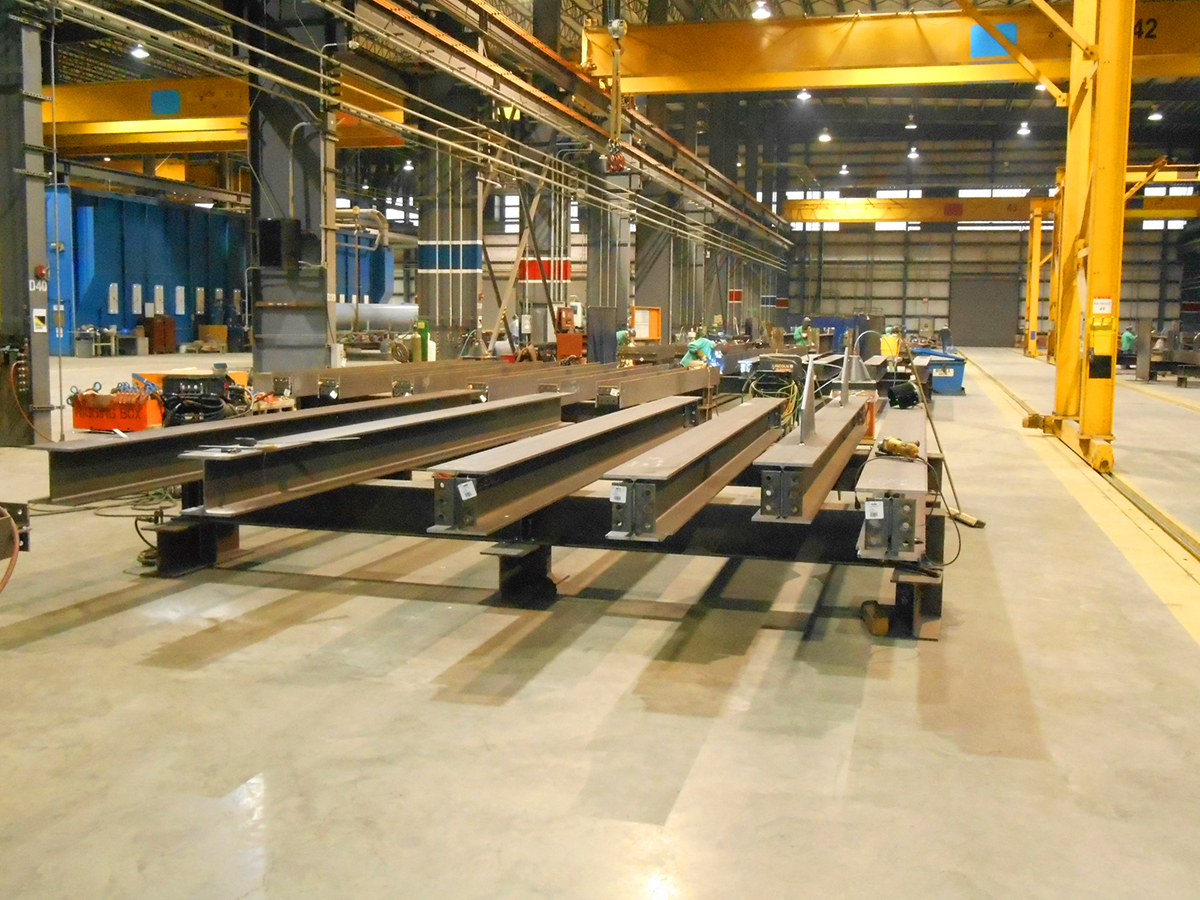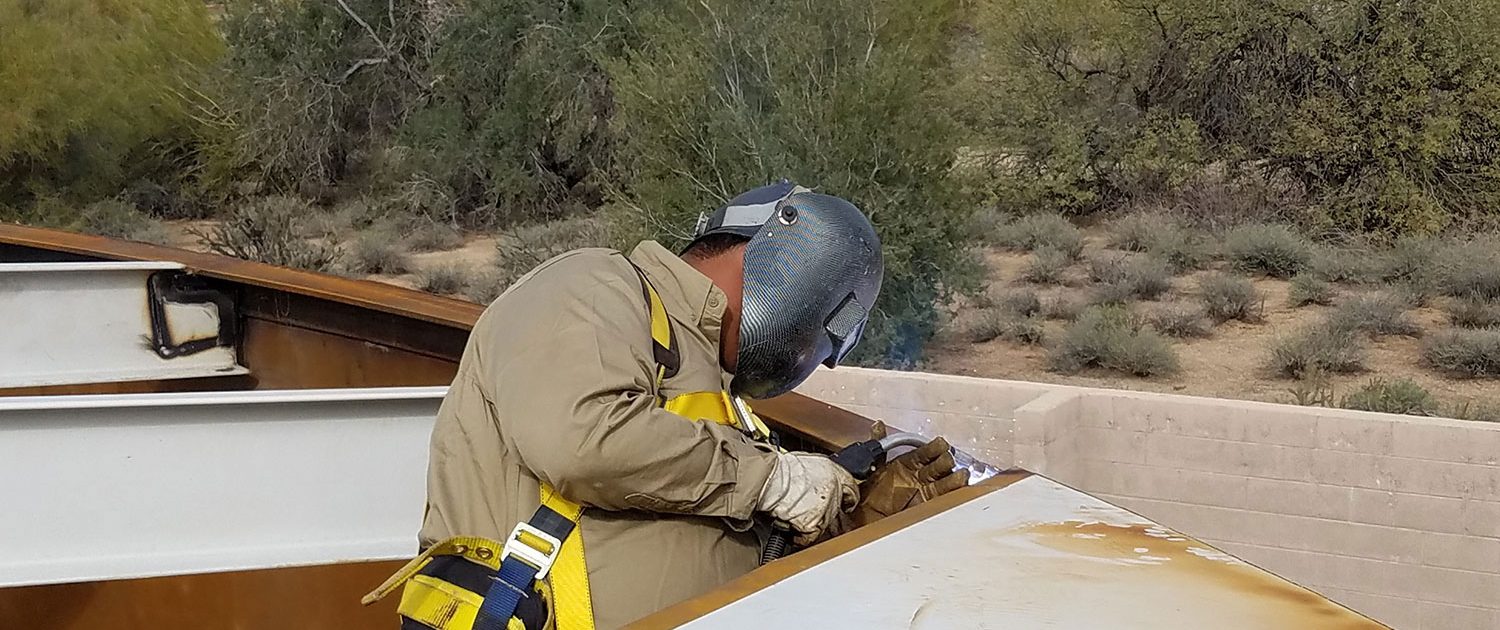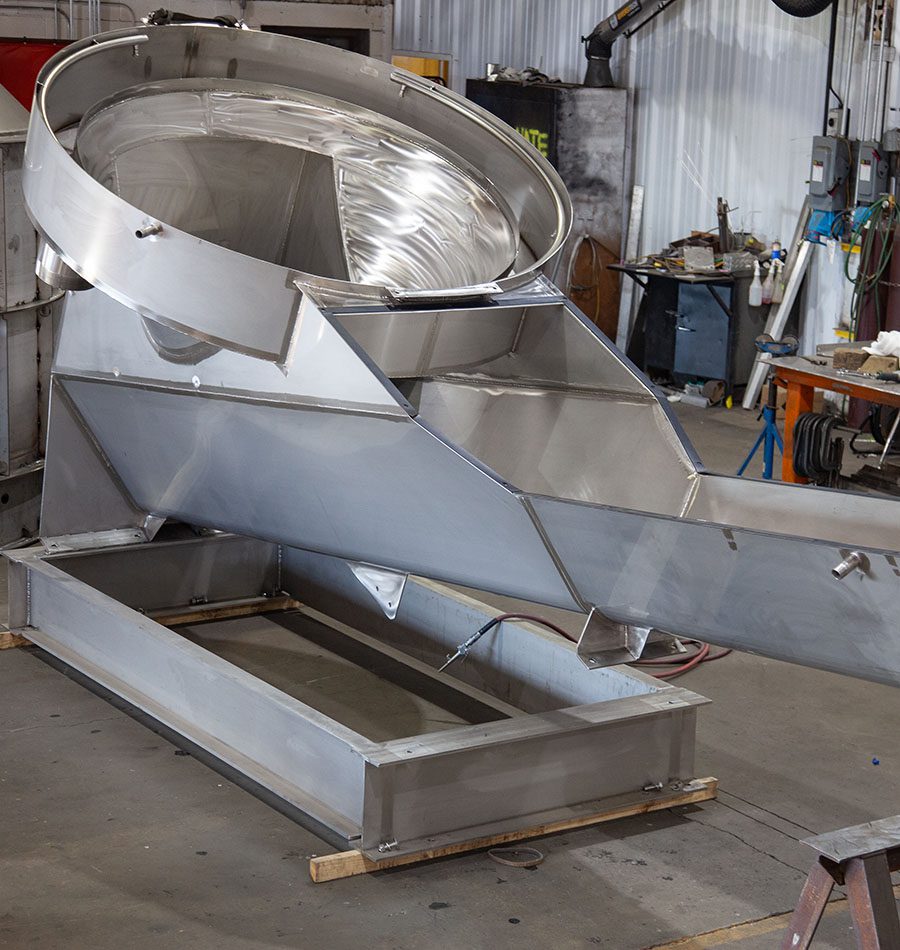Trusted Steel Fixing Solutions: Ensuring Architectural Integrity
Trusted Steel Fixing Solutions: Ensuring Architectural Integrity
Blog Article
Cutting-edge Fads in Steel Manufacture: Enhancing Sturdiness and Precision
In the world of steel construction, the pursuit of durability and precision has led to a wave of innovative patterns that are reshaping the market. These patterns are not just forming the present yet likewise laying the groundwork for the future of steel manufacture, assuring additional improvements in toughness and precision.
Advanced Welding Technologies
In the world of steel fabrication, the adoption of innovative welding modern technologies has substantially changed the market's approach to attaining superior high quality and accuracy in structural welds. Advanced welding technologies, such as laser beam of light welding and friction stir welding, have emerged as game-changers in the field. Laser beam of light welding uses a concentrated laser beam of light to join metal components with exceptional accuracy and rate, making it suitable for intricate styles and slim materials. On the various other hand, friction mix welding creates unbelievably strong bonds by mechanically intermixing the molecules of the products at the joint, eliminating the requirement for thawing the steel. These technologies offer various benefits, consisting of minimized heat-affected areas, marginal distortion, and improved mechanical properties in the bonded joints. By leveraging these innovative welding methods, steel makers can boost the sturdiness, toughness, and accuracy of their architectural welds, fulfilling the increasingly demanding demands of modern building projects.
Robotic Automation in Manufacture
Welcoming robotic automation has come to be a keystone of modern-day steel manufacture methods, enhancing processes and improving effectiveness throughout the market. Robots are revolutionizing the method steel parts are made, supplying unparalleled precision and rate while decreasing human mistake. These automated systems can handle repeated tasks with constant precision, leading to higher quality output.
One secret advantage of robotic automation in steel manufacture is the capability to function all the time without exhaustion, substantially increasing manufacturing result. This continuous operation lessens downtime and accelerates job timelines, eventually conserving expenses for manufacturers. Furthermore, robots can be configured to carry out elaborate jobs that may be difficult or hazardous for human workers, improving safety in the office.
Additionally, robot automation makes it possible for seamless assimilation with other electronic modern technologies, such as computer-aided design (CAD) software and Net of Things (IoT) systems (steel fabricators melbourne). This interconnected strategy improves communication in between various stages of fabrication, optimizing operations and ensuring real-time surveillance and control. As the steel manufacture industry remains to progress, robot automation sticks out as a transformative force driving effectiveness and accuracy in producing procedures

High-Strength Alloy Growth
The innovation of high-strength alloy growth in steel manufacture is improving the market's strategy to boosting product resilience and performance. High-strength alloys are crafted to show superior mechanical properties, such as boosted tensile strength, sturdiness, and corrosion resistance contrasted to standard steel qualities. By integrating these advanced alloys right into fabrication processes, suppliers can create parts that stand up to greater anxiety levels and harsh settings, resulting in more reliable and durable end products.
One trick advantage of high-strength alloy advancement is the capability to lower product thickness without endangering structural honesty. This not only leads to lighter-weight elements but likewise adds to set you back financial savings and boosted effectiveness in construction and setting up processes. The enhanced strength-to-weight ratio of find more these alloys enables for the design and building of frameworks with greater load-bearing capabilities while minimizing total weight.
3D Modeling and Simulation Software Application
Advancements in steel construction processes have been substantially driven by the combination of advanced 3D modeling and simulation software program devices. These devices permit makers to develop thorough online models of their jobs, allowing them to imagine the end product with accuracy prior to any physical work begins. By replicating numerous stress and anxiety elements, ecological conditions, and architectural tons, fabricators can optimize layouts for boosted durability and performance. In addition, 3D modeling and simulation software simplify the manufacturing procedure by determining possible issues beforehand, decreasing the requirement for pricey rework and reducing material waste.

Sustainable Practices in Steel Manufacturing
Including sustainable techniques into steel production processes is essential for lessening environmental effect and guaranteeing long-lasting source availability. official statement One vital lasting method is the fostering of energy-efficient technologies to decrease greenhouse gas emissions during the steel manufacturing process. This includes using renewable energy resources, such as solar or wind power, to power steel plants and applying energy-efficient equipment to enhance power use.
One more important element of lasting steel manufacturing is the accountable sourcing of basic materials. This involves making certain that the iron ore and other sources made use of in steelmaking are obtained from moral and eco-friendly sources. By advertising transparency in the supply chain and sticking to strict ecological requirements, steel producers can reduce the negative effects of resource extraction on regional communities and neighborhoods.

Final Thought
To conclude, the ingenious trends in steel manufacture such as sophisticated welding technologies, robotic automation, high-strength alloy growth, 3D modeling and simulation software application, and lasting practices are boosting the durability and accuracy of steel items. These innovations are revolutionizing the steel construction market by boosting sustainability, performance, and top quality. It is clear that the future of steel construction depends on embracing these innovative technologies to meet the demands of contemporary construction and manufacturing sectors.
In the realm of steel manufacture, the quest of toughness and accuracy has actually led to a wave of ingenious trends that are reshaping the market.In the world of steel fabrication, the fostering of innovative welding technologies has substantially revolutionized the industry's approach to accomplishing premium high quality and precision in architectural welds. As the steel fabrication industry proceeds to progress, robot automation stands out as a transformative force driving performance and accuracy in producing processes.
Furthermore, recycling and recycling steel scrap and waste products play a significant role in enhancing the sustainability of steel production. Alpha reo.In final thought, the ingenious fads in steel fabrication such as sophisticated welding modern technologies, robot automation, high-strength alloy growth, 3D modeling and simulation software program, and sustainable practices are enhancing the sturdiness and precision of steel products
Report this page